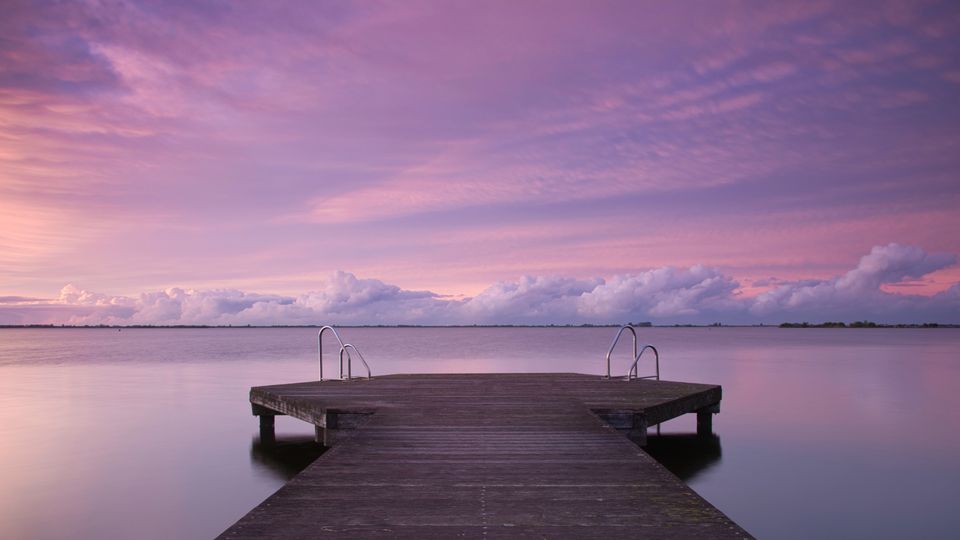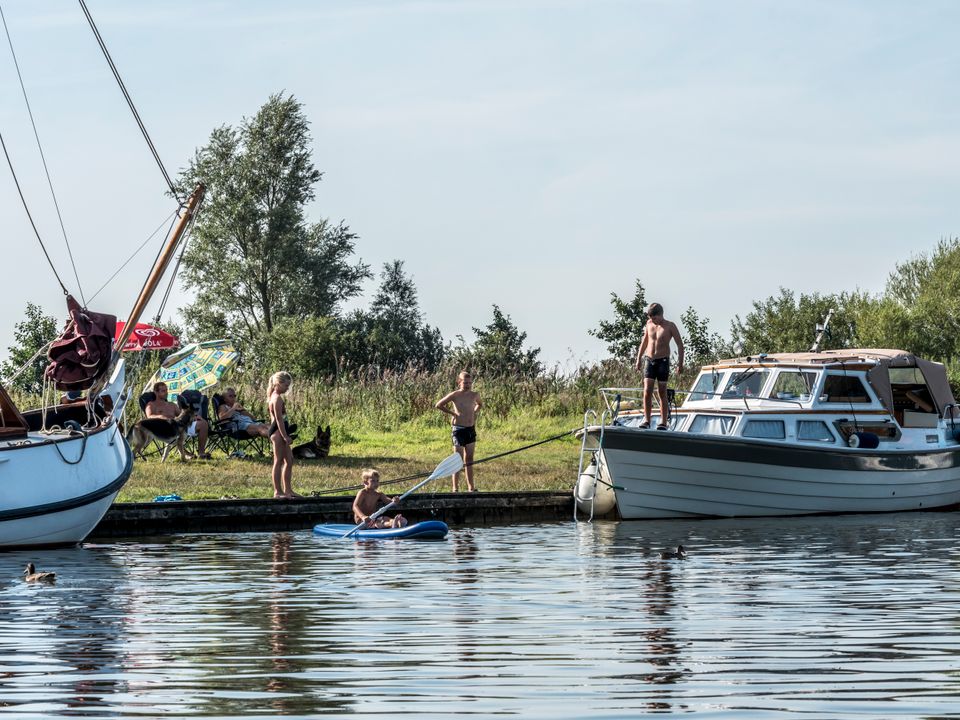Tjeukemeer
The largest lake in Friesland
There are many stories about the creation of the largest Frisian lake. Was it created by humans? And does the name derive from the popular legend about the sisters Tsjûke and Marchje...? We’d like to tell you more, to help you enjoy the Tjeukemeer even more.
The legend of Tsjûke and Marchje
Listen carefully when standing on the shore of the Tjeukemeer. Can you hear women’s voices that, according to legend, shout: “Tsjûke! Marchje! Tsjûke! Marchje...” The statue of these ‘suskes’ (sisters in Frisian), found on the walking and cycling path along the south bank near the former steam-operated pumping station in Echten, tells the tragic story of Tsjûke and Marchje. Once they had a farm together in a place that is now in the lake. One hot summer evening, the woodland next to their farm caught fire. The adjoining ditch had dried up, as there had been no rain for quite some time. Tsjûke and Marchje had no choice but to tackle the fire with buckets of fresh milk. But the heat immediately evaporated the moisture from the milk, while the milk fat further inflamed the fire. The women became separated by smoke and fire, desperately shouting each other’s names. According to this legend, that’s where the name of the Tjeukemeer originated.
A cycling trip around the pumping stations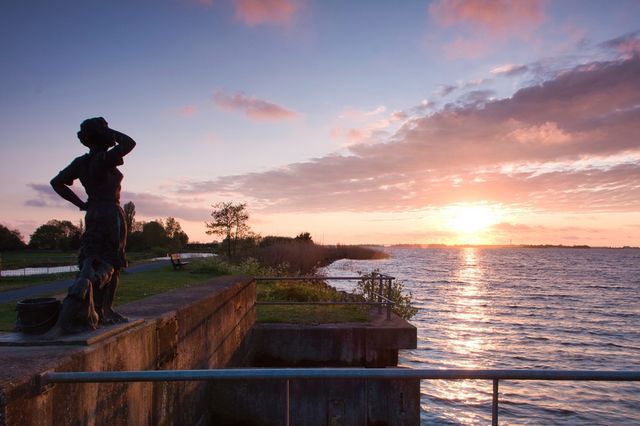
Uninhabited islands
There are three uninhabited islands in the Tjeukemeer. Two of them – Marchjepolle and Tsjûkepolle – are named after Tsjûke and Marchje. The third island is called: Ganzetippe. The islands offer wonderful opportunities for mooring, lying on the beach or taking a refreshing dip. The possibilities for water sports are endless: from paddleboarding to sailing and from fishing to swimming.
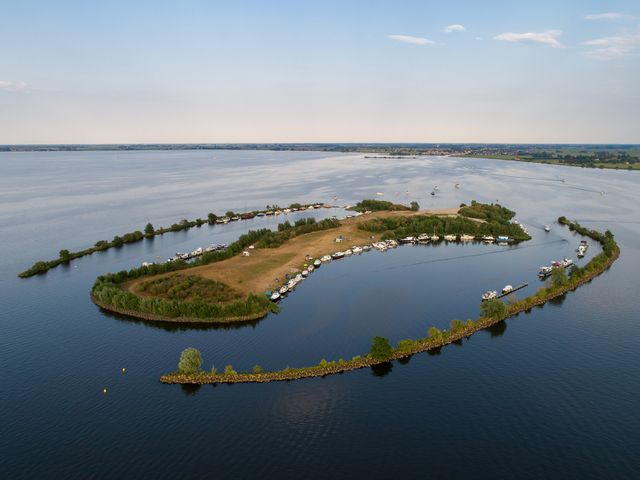
The heart of water sports
Did you know that water-based tourism in Southwest Friesland became important as early as 1890? Already in 1900, Pieter Heinsius in Stavoren was renting out his traditional Frisian sailing boats to English tourists. Tourism has grown enormously since then. The Frisian lakes including the Tjeukemeer, are the beating heart of water sports in Friesland.
‘Bloggers travelogue’ Three vagabonds in Friesland from 1907 – Tomalin (Yearbook FSM 2008)
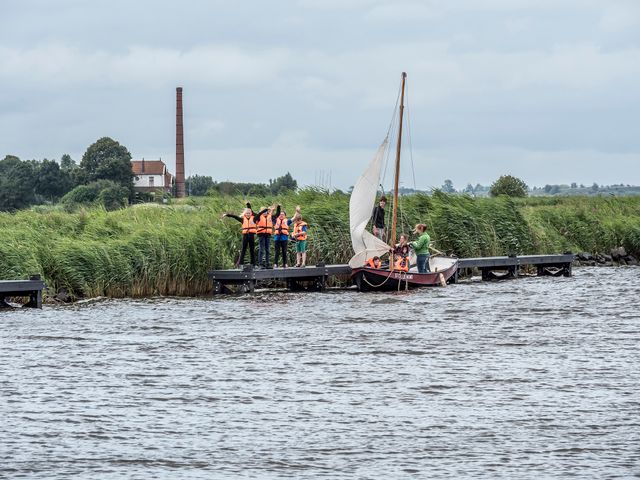
Hear the drowned church bell
What is certain is that the Frisian lakes haven’t always been there. There are several stories about their origins. Usually man is indicated as the cause. They extracted peat and salt, which caused the soil to subside, creating space for water. Subsequently, Friesland was plagued by large floods in the late Middle Ages. Lakes became bigger and bigger and some villages had to be moved or were swallowed up by the water. For example, the old church tower of Rohel may still be somewhere on the lake bed. Do you hear it ringing?
